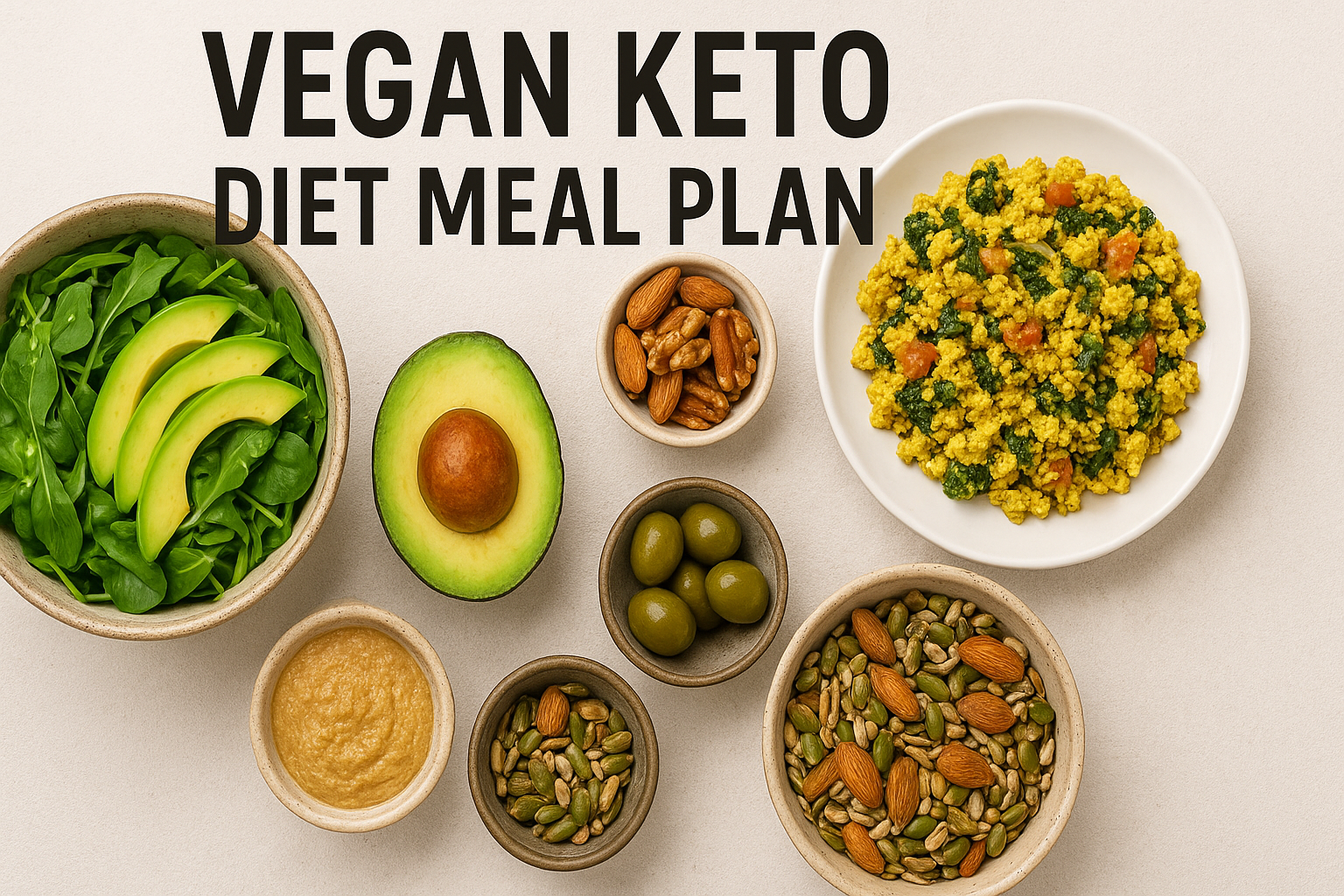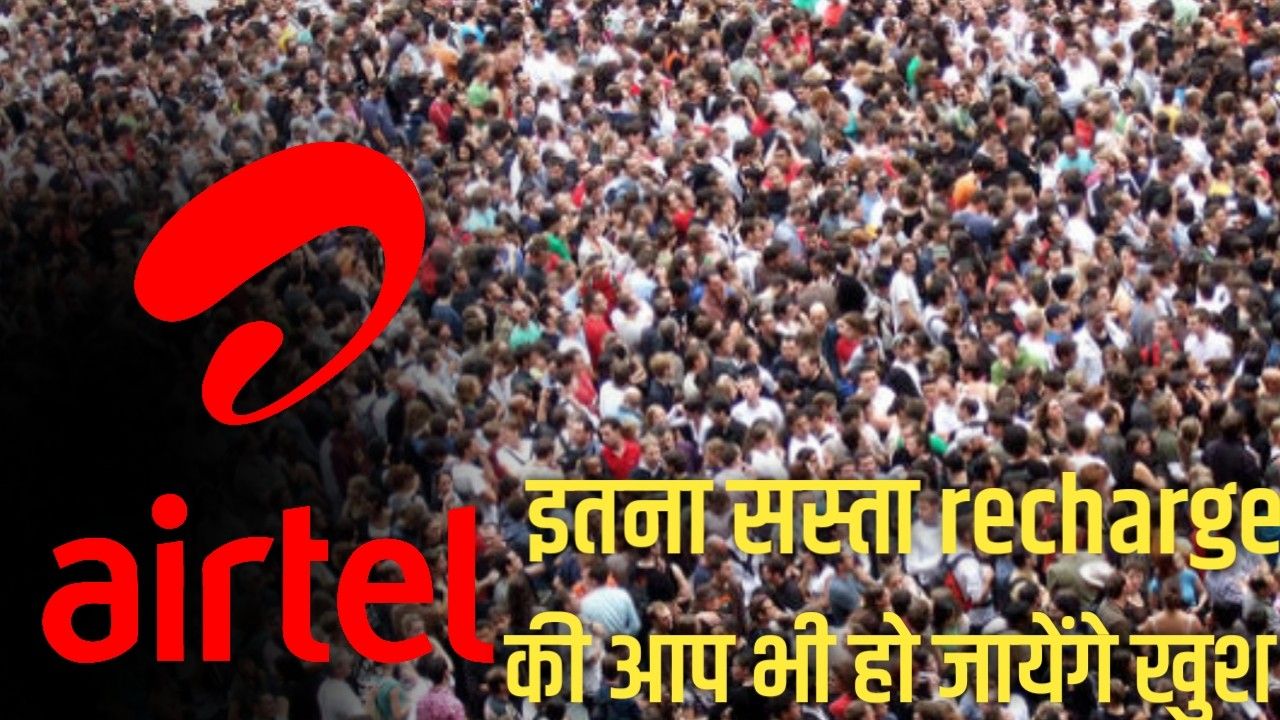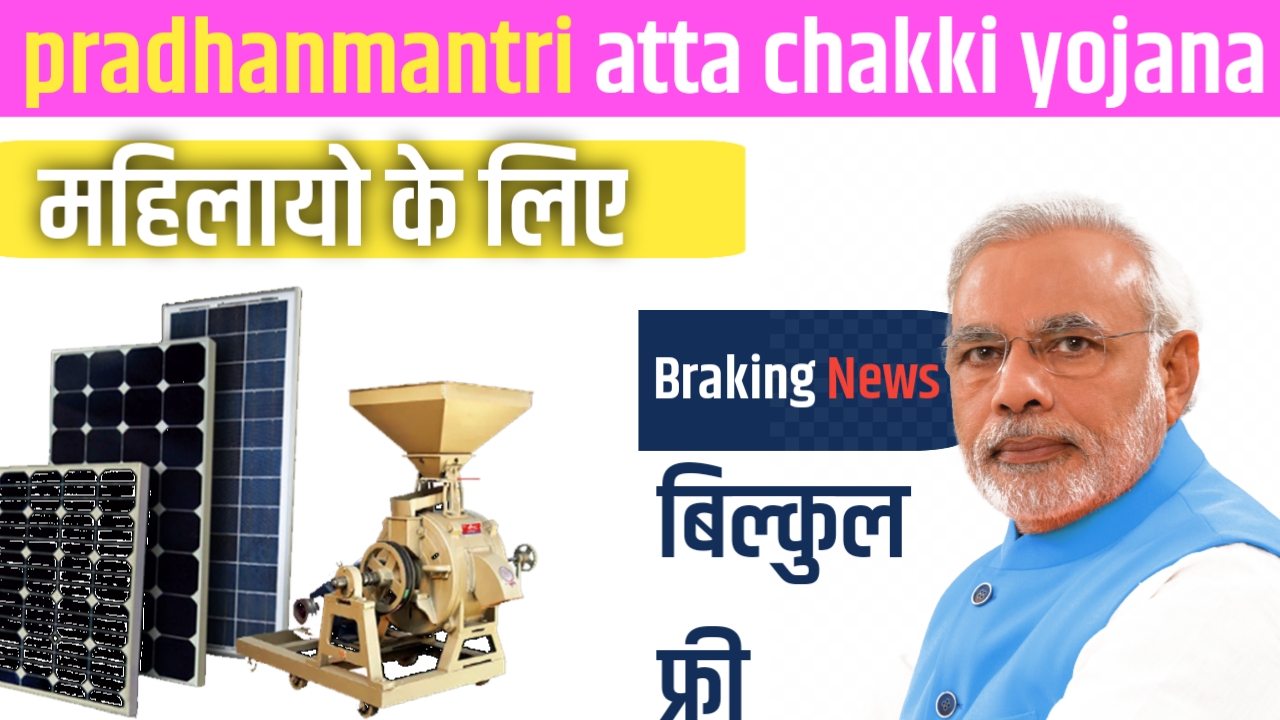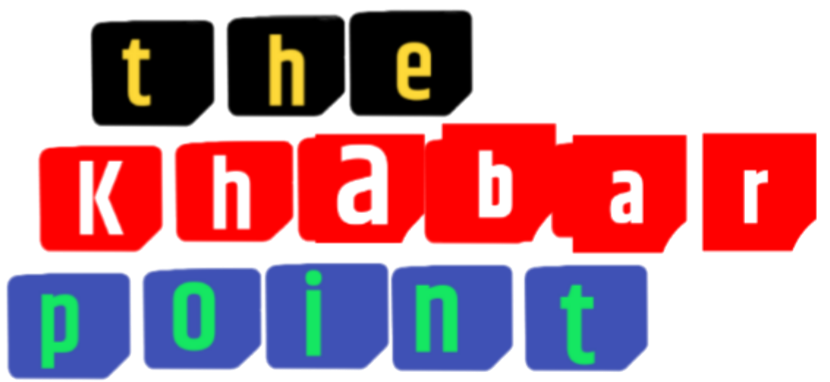The thought of sticking to a vegan ketogenic diet may seem daunting at first. All animal-based foods are already forbidden by veganism, but an extremely low-carb, high-fat diet is required by keto. It seems like there is almost nothing left to eat when you combine the two. However, the truth is that a vegan keto meal plan can be both feasible and extremely fulfilling with a little imagination and preparation. This lifestyle combines the benefits of the ketogenic diet, which burns fat and increases energy, with the ethical and environmental advantages of veganism.
What Exactly is a Vegan Keto Diet?
A vegan keto diet is a way of eating that combines the principles of ketosis and plant-based living. The vegan variant of the ketogenic diet stays away from any animal products, whereas the regular version frequently includes things like meat, cheese, eggs, and butter. Rather, plant-based foods like avocados, nuts, seeds, tofu, tempeh, seitan, coconut, and healthy oils provide the lipids and proteins. Your body enters a state known as ketosis, where fat takes the place of glucose as the main fuel source, when you reduce your daily carbohydrate intake to around 20 to 50 grams.
9 Golden Rules for a Vegan Keto Lifestyle
1 Don’t exceed 50 grams of carbohydrates each day.
Eat a lot of non-starchy veggies, such as cauliflower, broccoli, zucchini, and leafy greens. Steer clear of foods high in carbohydrates, such as wheat, corn, or potatoes.
2. Use Nutritious Fats as Fuel
Fats like avocado, olives, coconut oil, flax oil, and almond butter will provide the majority of your energy.
3. Emphasis on Plant Foods High in Protein
To maintain lean muscle, base your meals on tofu, tempeh, seitan, hemp seeds, and vegan protein powders.
4. Remove Grains and Starches
Cereals, bread, rice, and pasta can cause you to exit ketosis; substitute them with low-carb vegetable substitutes.
5. Consume Seeds and Nuts Daily
Nutrient-dense, satisfying, and keto-friendly are almonds, chia, walnuts, pumpkin seeds, and sunflower seeds.
6. Remember to Drink Water and Minerals
Electrolytes are normally depleted by low-carb diets. Maintain a high water intake and think about taking supplements for sodium, potassium, and magnesium.
7. Arrange Your Meals in Advance
Meal planning helps you stay to your macros and prevents you from accidentally consuming too many carbohydrates.
8. Be Aware of Hidden Sugars
Even “healthy” vegan snacks may have additional sugar or starch, so be sure to thoroughly read food labels.
Benefits of Choosing Vegan Keto
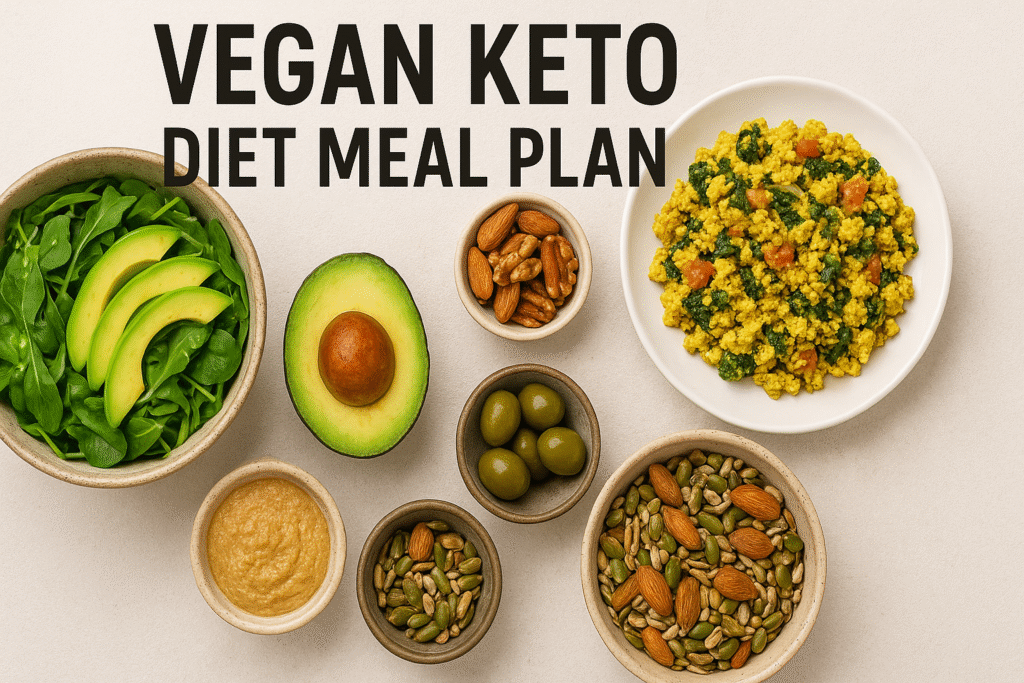
To balance your daily intake of fat, protein, and carbohydrates, use nutrition apps. This keeps you in ketosis and avoids blunders.
Breakfast: Tofu scramble with spinach, avocado, and nutritional yeast, plus coffee blended with coconut milk.
Lunch: Spiralized zucchini noodles topped with creamy avocado pesto, paired with tempeh strips.
Snack: A handful of walnuts or chia seed pudding made with almond milk.
Dinner: Cauliflower rice stir-fried with mushrooms, tofu, and sesame oil, served with a fresh salad topped with hemp seeds and olive oil.
Dessert: Coconut cream whipped with cacao powder and a keto-friendly sweetener like erythritol.
Benefits of Choosing Vegan Keto
There is more to the vegan keto diet than merely losing weight. Numerous adherents report improved focus throughout the day, less cravings, and stable blood sugar. While the plant-based strategy lowers cholesterol and promotes heart health, the fat-fueled energy of ketosis offers mental clarity. In addition to the health advantages, eating this way lowers your carbon impact and supports moral decisions that support animal welfare.
Frequently Asked Questions
1. Can you follow keto without animal products?
Yes. With tofu, tempeh, nuts, seeds, and oils, you can maintain ketosis while staying 100% vegan.
2. How much protein should I eat?
Roughly 20–25% of your daily calories should come from protein. Plant sources like seitan, hemp seeds, and vegan protein powder work best.
3. Do I need supplements?
Most vegans benefit from Vitamin B12, Vitamin D, and algae-based Omega-3. These help cover nutrients missing in a purely plant-based diet.
4. Is this diet safe long-term?
It can be, as long as meals are varied and you’re mindful of nutrients. Supplements may be necessary for balance.
5. Which fruits are keto-friendly?
Berries, avocado, and olives can be eaten in moderation, while bananas and grapes are too high in sugar.
6. How quickly will I see results?
Many people notice fat loss and better energy within one to two weeks.
7. What drinks can I have?
Stick with water, black coffee, herbal tea, and unsweetened nut milks.
8. Are beans and lentils allowed?
Most legumes are high in carbs, but small portions of edamame, peanuts, or lentils may fit your daily macros.
9. Can I gain muscle on vegan keto?
Yes, especially with resistance training and sufficient protein from seitan, tofu, and supplements.
Final Thoughts
The vegan keto diet is a unique fusion of plant-based nutrition and a low-carb lifestyle.Even while it takes more preparation than a standard diet, the benefits are remarkable, ranging from increased energy and fat loss to a lifestyle that aligns with your moral principles. You may succeed on this diet without feeling deprived if you follow the nine golden rules: consuming healthy fats, managing macros, planning meals, emphasizing protein, and limiting carbohydrates. Consistency and wise decision-making can turn the vegan keto diet into a sustainable, long-term way of life that promotes compassion and health rather than merely a passing fad.
